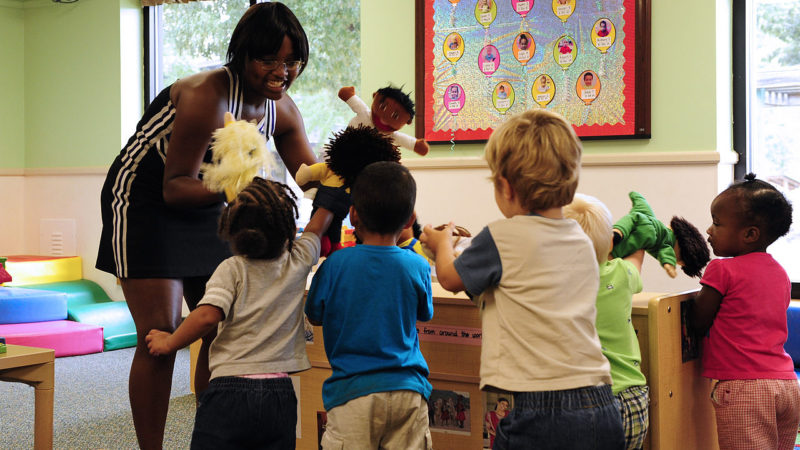'There has been a significant widening of longstanding gaps that result in lower outcomes for Black students in comparison with White students.'

Luna Williams is a commentator for NOSCE Education – UK-based tutoring and education services
Earlier this month, a letter detailing the need for educational programmes and funding designed to specifically help Black students was sent to the former Education Secretary, Gavin Williamson. The contents of this, which was later recovered by the Independent, show Diane Abbott and Lord Simon Woolley appealing for Williamson and his cabinet to make provisions to boost attainment in Black school students. This follows new Government data which shows an ever-widening education gap between Black and White students in UK schools.
According to this report, there has been a “significant widening” of “longstanding” gaps that result in lower outcomes for Black students in comparison with White students. This widening took place between 2019 and 2021 and is largely attributed to measures to stem the Covid-19 pandemic. These saw school closures, remote learning, and exam cancellations wreak havoc on school students across the board, many of whom had to use predicted grades and mock examinations to assimilate their final GCSE and A-level grades.
According to the report, specific ethnic and socio-economic groups have borne the brunt of the effects of these measures, with Black school students suffering the most; the gap between White and Black student’s grades has grown by almost 1.5% during the period, adding to an already-present attainment gap between the two groups.
This year, the Government pledged a £1 million cash injection for the education sector, which would be used to help Roma, Gypsy and Traveller children achieve higher pass and excellency rates. In light of this, figures like Abbott and Woolley have set forth to appeal for the same measures to be made available to Black children — both in an essential and Further Education context.
In light of the recent cabinet reshuffle, which saw Williamson replaced by Nadhim Zahawi as the new Secretary for Education — what more can be done as we move forward out of the pandemic, not only to prevent race-based education gaps from widening further, but ultimately to close these gaps and promote equal opportunities and outcomes across to sector?
Oriel Octave, Head of Education & Tutoring at NOSCE Education, says “collective efficacy” within teaching and education workforces could be the answer.
“‘Collective efficacy’ is a concept which has been adopted by policymakers and researchers within the US Education sector in order to tackle similar, long-standing racial achievement gaps” she explains. “The phrase, in this context, translates to teachers and tutors believing they actually have the power to make a difference in what their students can achieve.”
One Texas-based study into the power of this found that schools in which teachers showed high levels of collective efficacy had a 50 percent reduction in the academic disadvantage experienced by Black students, compared to schools where teachers had average levels. This study involved 47 schools, 2,041 teachers and a total of 13,472 students and has been hailed by American educators and institutions as a way of genuinely bridging race-based achievement gaps.
The switch to remote teaching in Britain since national lockdowns has undoubtedly made collective efficacy in teaching workforces lower; many reported feeling powerless when trying to improve the learning of students who needed extra or specialist support, and increases in absenteeism across the board also added to this issue.
Now that schools have reopened, and a new Education Secretary promises a shift in policy, this collective efficacy must be rebuilt in schools around the UK. If teachers feel they have the power to actually change their student’s prospects, they will be more likely to achieve this aim.
But first, policymakers must work to ensure schools and their staff feel empowered. This could be achieved through several methods; whether it’s greater financial support for teachers, access to a wider range of teaching resources, specialist training for teachers, greater access to education technology proven to assist with engagement, and initiatives designed to give students equal access to extracurricular learning if they need one-on-one and/or specialist tutoring.
To reach hundreds of thousands of new readers we need to grow our donor base substantially.
That's why in 2024, we are seeking to generate 150 additional regular donors to support Left Foot Forward's work.
We still need another 117 people to donate to hit the target. You can help. Donate today.



